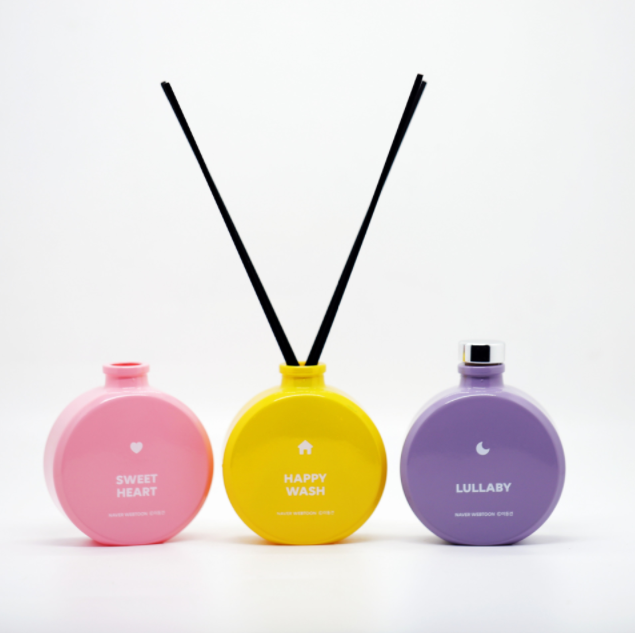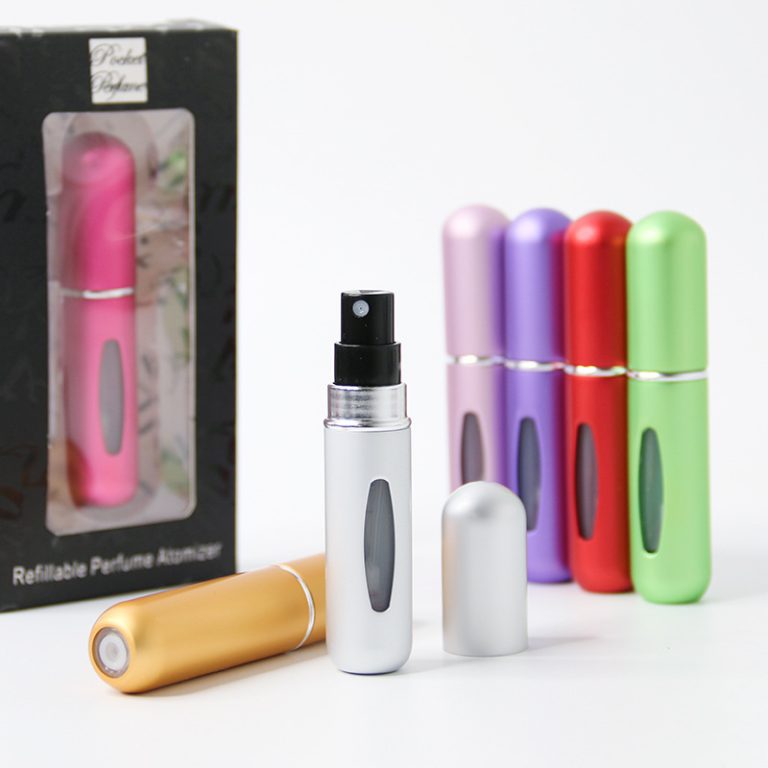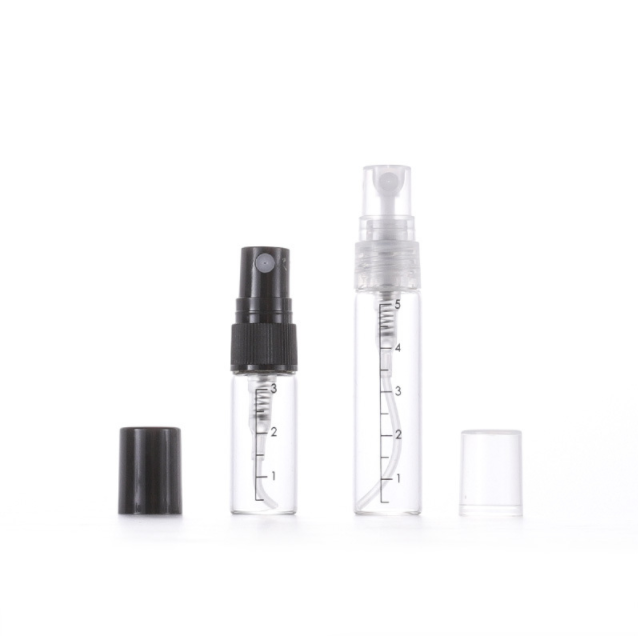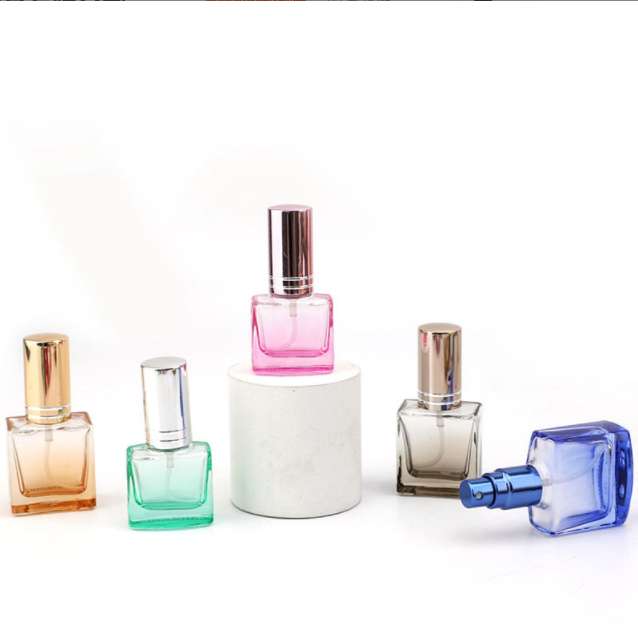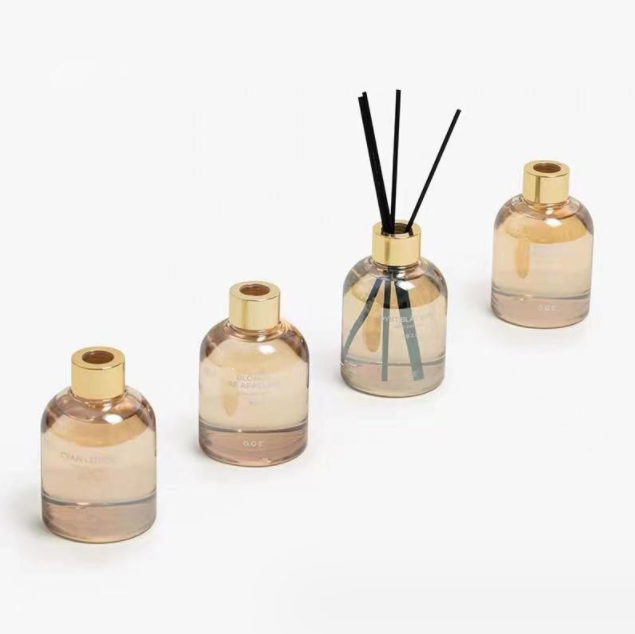Care sunt diferențele dintre sticlă și cristal?
Glass and crystal are both transparent materials, but they have distinct differences in terms of composition, optical properties, and intended uses. Here are some key differences between glass and crystal:
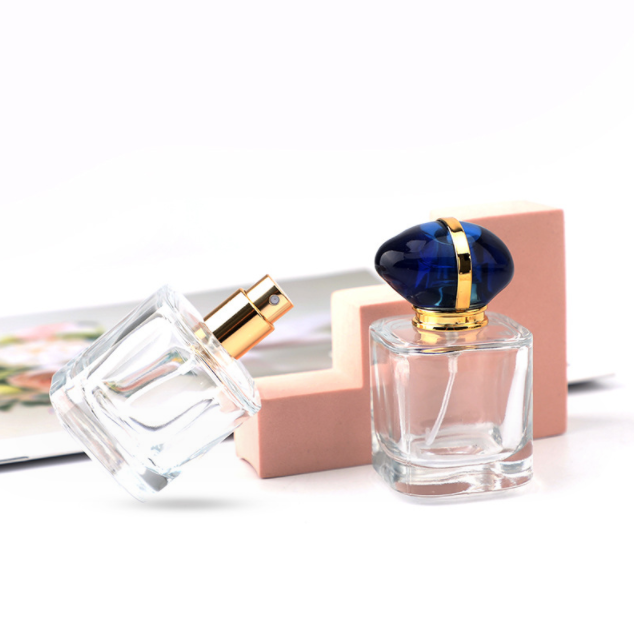
1. Composition:
– Glass: Glass is primarily composed of silica (sand), soda ash (sodium carbonate), and lime (calcium oxide). It may also contain various additives and impurities depending on its intended use. Glass is generally considered an amorphous (non-crystalline) material, which means its atomic structure lacks a well-defined repeating pattern.
– Crystal: Crystal, on the other hand, refers to a specific type of glass that is made from high-quality silica, lead oxide, and other metal oxides (such as potassium oxide or zinc oxide). The presence of lead oxide gives crystal its distinctive optical properties. Crystals have a more ordered and symmetrical atomic structure compared to regular glass, making them exhibit unique optical qualities.
2. Transparency and Brilliance:
– Glass: Glass is transparent and can be clear or colored. However, it lacks the optical clarity and brilliance of crystal due to its less ordered atomic structure. Glass may have some minor imperfections and distortion in comparison to crystal.
– Crystal: Crystal is known for its exceptional clarity, brilliance, and sparkle. Its well-ordered atomic structure allows it to refract and reflect light more effectively, creating a dazzling effect. This is one of the primary reasons why crystal is favored for making fine glassware, chandeliers, and decorative items.
3. Weight:
– Glass: Glass is generally lighter than crystal because it does not contain the heavy metal oxides found in crystal, such as lead oxide.
– Crystal: Crystal is denser and heavier than regular glass due to the presence of lead oxide. This added weight contributes to its luxurious feel and stability.
4. Sound:
– Glass: When tapped, glass produces a relatively dull and flat sound.
– Crystal: Crystal produces a clear, resonant, and melodious sound when tapped, often referred to as a “ping” or “ring.” This is a characteristic feature of crystal and is used to test its authenticity.
5. Uses:
– Glass: Glass is used in a wide range of applications, including windows, bottles, mirrors, and everyday glassware.
– Crystal: Crystal is prized for its beauty and optical qualities and is commonly used in high-end glassware, such as wine glasses, champagne flutes, decanters, and fine decorative pieces like chandeliers and figurines.
In summary, while both glass and crystal are transparent materials, crystal is a specific type of glass with superior optical properties, clarity, and brilliance due to its composition and atomic structure. It is often used for high-end and decorative items, whereas regular glass has a broader range of utilitarian applications.


